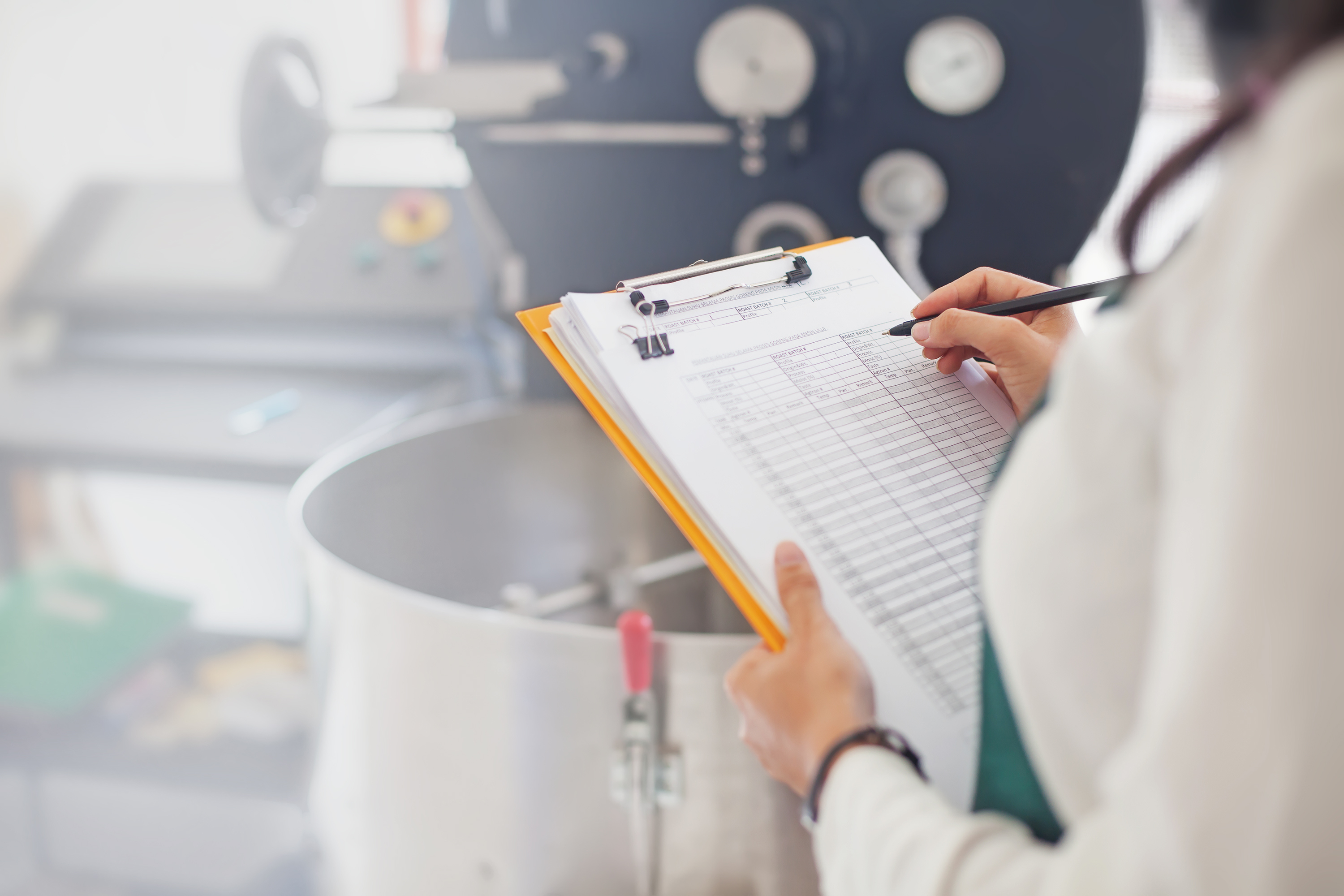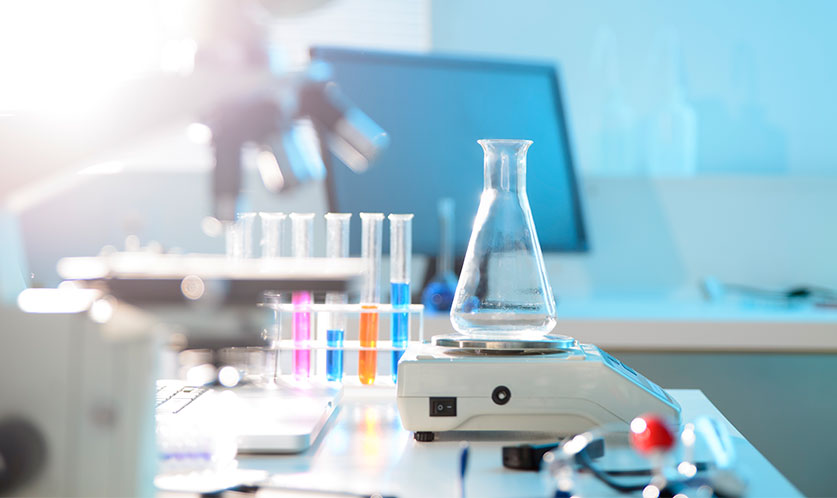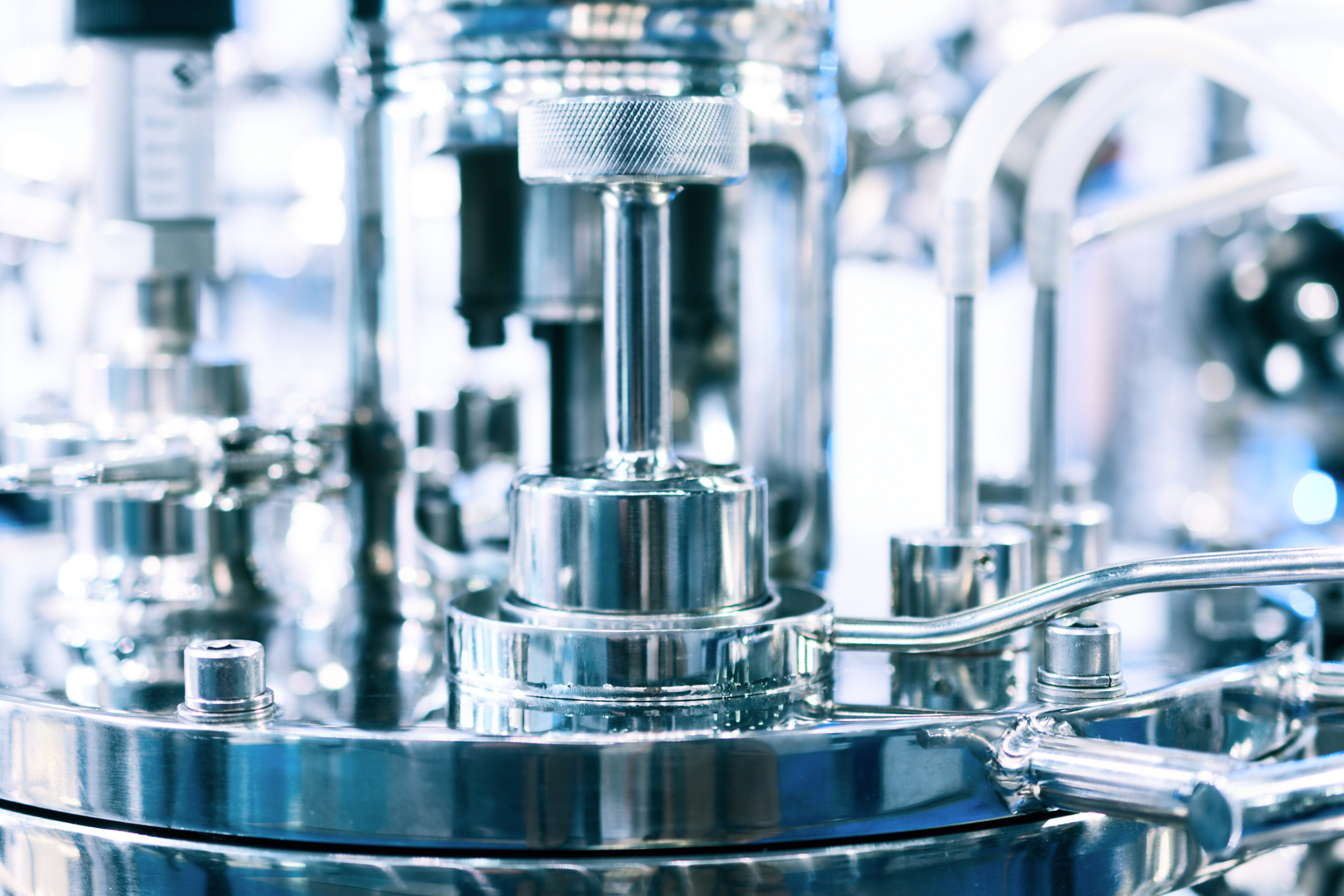IDENTITY TESTING VIA GENERAL CHEMISTRY
We offer testing on more than 100 different compounds using more than 20 different types of testing. Our instrumentation is extensive to cover all of this. Testing includes: FTIR (identification; primarily for raw materials), and wet chemistry identification.
POTENCY TESTING VIA LIQUID CHROMATOGRAPHY
Verification of potency claims by liquid chromatography is a technique in analytical chemistry used to separate, identify, and quantify each component in a mixture. Dyad Labs utilizes compendial methods, AOAC validated test methods and analytical methods developed by Dyad through its years of experience in product testing.



